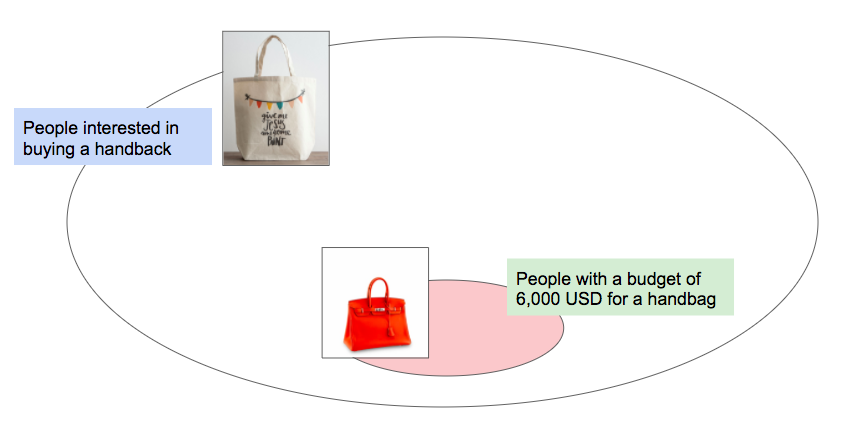A couple of years ago, I was at the SaaStr Annual, a software product conference. I started talking to a guy at a stand of a company that sold a software which helps companies handle different currencies. So, their product handle different currencies automatically in case you sold your product for US Dollars but needed to pay you employees in Euro.
After short small talk about how difficult it is to find hotels in San Francisco (where the conference was) the guy asked me a couple of questions:
How many people work in your company?
How much businesses do you do in other currencies?
What was your role in the company?
I was happy to answer because I wanted to get ahead. So many questions how their product worked, what the tricky part of automatised currency exchange trading is, how the payments are handled. Stuff like that which I am just very interested in.
But, I did not get to ask all these questions. Instead, shortly after having asked these questions the guy gave me 5$ Starbucks gift card and thanked me for the interesting conversation. It was very obvious that the conversation was over. So, I walked away, happy about the gift card.
The opportunity cost of time
As a product manager you want to achieve one thing: sell more of your product. There are two ways to do that. One: reach more potential customer who don’t know about your product. Two: understand why customers are not buying and decrease those reasons in order to increase the likelihood of those who know about your product to buy. Side note: please also read these two pieces that matter here: win/loss analysis and product manager metrics.
The problem is that if you start selling a product, there will a large variety of different customers. Those customers will give you very different feedback depending on who they are and what they want. It is however impossible to serve all customers. That is why you need to disqualify customers in order to get the feedback that actually matters. That is also why feedback from your friends is irrelevant unless your target customer is like your friend.
Example: if you are in the business for handbags, you could be selling a Birkin bag or a basic tote bag. Obviously a birkin bag is a different product than a plain tote bag. Just putting a video here because apparently that is how the Birkin bag got famous.
Plus, if you watch the video here your time on my site increases and thats a KPI for me. Anyway, if you look at the simplified market for handbags it looks like the below.
The market for handbags.
If you are selling Birkin bags, you do not care about the largest majority of the market. You are not interested in their feedback and you don’t want them near your store so that they don’t steal the time of those who could be selling to the proper audience. (Yes, I know maybe you actually want some of them in your store so that the people who buy feel special. That is a different point, I am simplifying).
As a product manager you therefore have a very clear incentive to disqualify rigorously. Otherwise any feedback you get has too much noise.
How to qualify
How one qualifies a potential customer obviously drastically depends on the product. For example, if you are a luxury store like Hermes you could put impressive looking people at the entrance. Maybe that will deter (= disqualify) anybody who does not feel the right to enter.
If you have a conversation with a customer you should ask for:
budget: how much are you willing to spend?
need: do you have a gala event coming up where you need a good handbag?
timeline: by when do you need a handbag?
authority: will you be buying this or is your wife the decider?
When there is no a sales team but the product is software driven, a qualified customer might be somebody who has used the product for a certain amount of time or any combination of these features. The goal remains the same: increase the likelihood of a customer to purchase by limiting the set of prospects to the ones that you want.
There is a wide ranging debate on how to qualify a potential customer, in fact, there is even a Wikipedia article on it: https://en.wikipedia.org/wiki/Qualified_prospect.
Disqualification for Product Managers - Conclusion
If your goal is to sell more product you need to understand a) how to win more potential customers and b) how to increase the chance of winning if a customer knows your product.
If you do that for any audience other than your target audience you product is becoming worse because you lose focus. The only way to ensure focus is to have a consistent disqualification of customers who do not fit your product.
Or, build a separate product for those customers - but then disqualify for that product as well.
